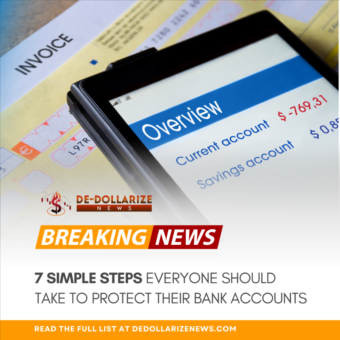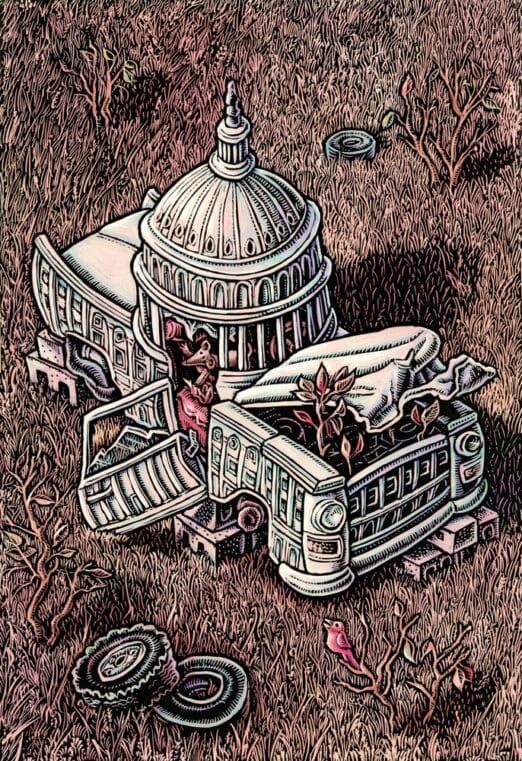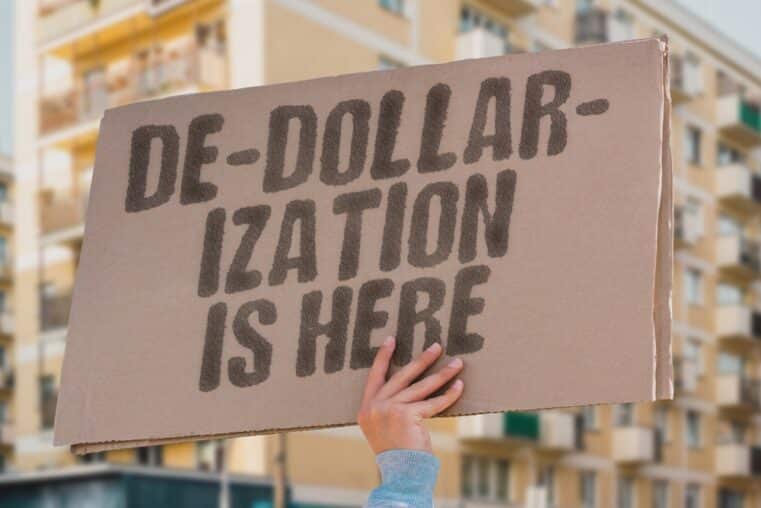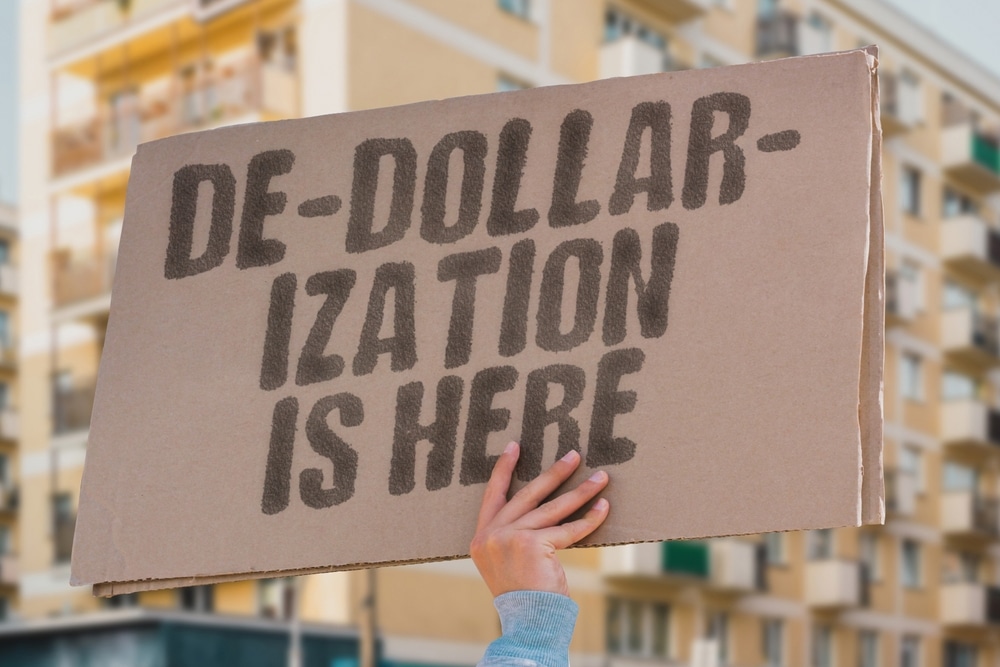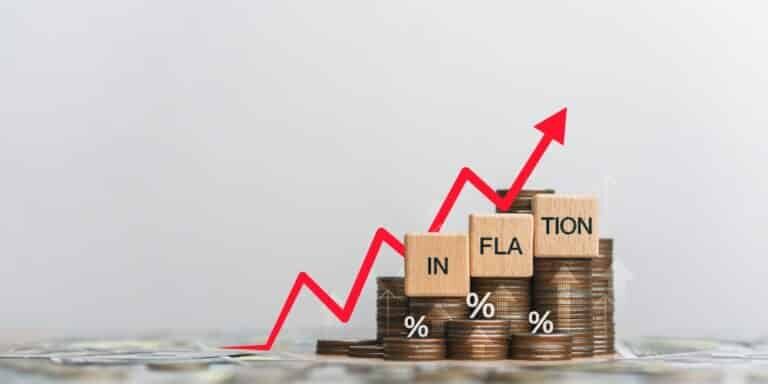
Don’t Count on Job Losses to Trigger Fed Rate Cuts—Watch Inflation Instead
GDP Is Shrinking—But That’s Not the Fed’s Concern
The U.S. economy isn’t looking too hot right now. According to Comerica Bank’s Chief Economist Bill Adams, real GDP for Q1 2025 came in weaker than originally thought. And while Q2 might show a rebound, it’s not exactly cause for celebration—it’s more like bouncing off the bottom of the pool.
Adams told Kitco News that the rebound is “low-quality,” driven more by fewer imports than by real growth. Consumers and businesses are pulling back, retail sales are down, factories are slowing, and housing starts are falling. That’s not a recovery—that’s a red flag.
The Labor Market Is Slowing Quietly
Labor demand is softening, even if it doesn’t look like it on the surface. Jobless claims are creeping up, hiring is slowing, and people entering the job market—like recent grads—are having a tougher time landing positions. But don’t expect a big jump in the unemployment rate just yet.
Why? Because immigration is slowing under the Trump administration’s new policies, and that’s shrinking the size of the labor force. Fewer workers mean fewer unemployed workers—even if jobs aren't being created at the pace they used to be. It’s a statistical trick that keeps the unemployment rate looking healthier than it actually is.
GDP Doesn’t Drive Fed Policy—Jobs and Inflation Do
Here’s the part they don’t teach you in school: the Fed doesn’t care about GDP. It’s got two mandates—maximum employment and stable prices. And unless we see a massive wave of job losses, weak GDP alone won’t push the Fed to cut rates.
Adams says it bluntly: unless the job market falls off a cliff, the Fed is staying put. And with tariffs set to raise prices and 2026 tax cuts around the corner, don’t expect fiscal policy to save the day either.
The Real Wild Card? Inflation That Cools Down
If the Fed does decide to cut rates in 2025, it won’t be because of unemployment—it’ll be because inflation cools faster than expected. While tariffs could raise costs in the short term, there are signs that other prices are stabilizing. Oil is down 20% from a year ago, egg prices have normalized, and rent growth has basically flatlined.
That shelter slowdown matters a lot—it makes up 40% of the core CPI. So if it keeps easing, the Fed could find itself with enough breathing room to cut without violating its inflation mandate.
What This Means for You: Stay Ahead of the Game
Even if the Fed cuts rates in late 2025, it won’t be because the economy’s in great shape—it’ll be because inflation lets them do it. But by the time that happens, your savings could already be losing value fast. Don’t let the Fed’s delay become your disaster.
Download Bill Brocius’ free eBook, "Seven Steps to Protect Yourself from Bank Failure" and get the inside track on how to safeguard your money. And make sure to subscribe to Dedollarize’s products here to get tools that help you stay two steps ahead of the system.
Remember: inflation is a hidden tax. Rate cuts won't stop it once the fire's already burning. Own gold, own silver, and protect what’s yours.

